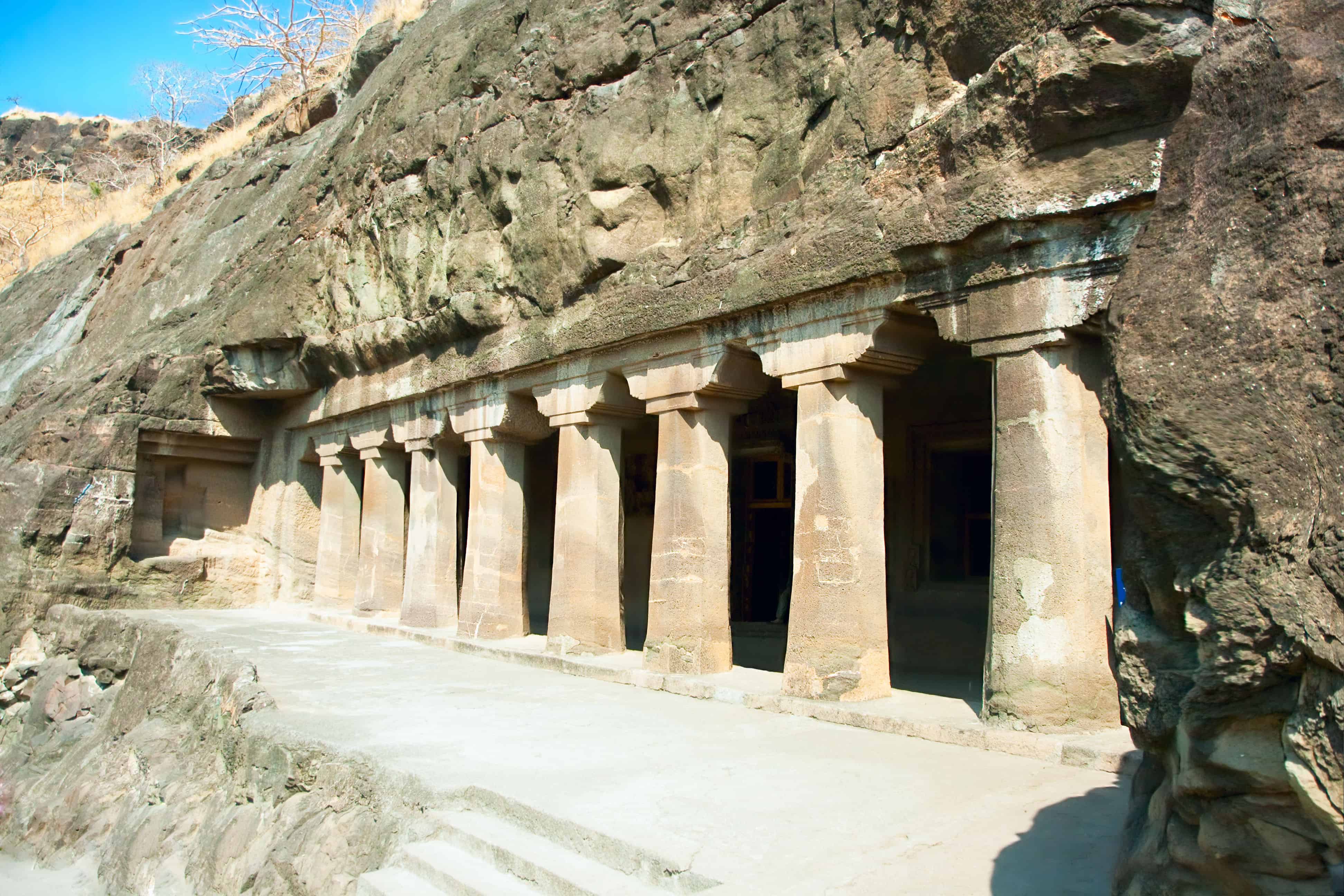 IndiatourismWith its great religious, cultural and political history is it any wonder that India is home to 27 sites that have been included on the UNESCO list of World Heritage Sites? From Mughal monuments to military might and lovers to protected enclaves for rhinos, elephants, tigers and birds; from architecturally significant temples to the remains of great cities, India’s Heritage sites preserve all aspects of this richly complex country. A toy train, a train station, and Christian churches and convents round out the collection. There is a full list of sites at incredibleindia.org.
IndiatourismWith its great religious, cultural and political history is it any wonder that India is home to 27 sites that have been included on the UNESCO list of World Heritage Sites? From Mughal monuments to military might and lovers to protected enclaves for rhinos, elephants, tigers and birds; from architecturally significant temples to the remains of great cities, India’s Heritage sites preserve all aspects of this richly complex country. A toy train, a train station, and Christian churches and convents round out the collection. There is a full list of sites at incredibleindia.org.We’ve highlighted four sites that preserve several aspects of India’s religious and royal history below.
Ajanta Caves
The Ajanta Caves are a collection of 29 caves, the oldest dating back to second century B.C. They were used as prayer halls and monasteries by Buddhist monks for about nine centuries, and then abandoned.
 Shutterstock/Aleksandar Todorovic
Shutterstock/Aleksandar TodorovicInside the caves are masterpieces of Buddhist art that follow both the Theravada (The Buddha is only pictured symbolically) and the Mahayana (murals and statues illustrate the life and former lives of The Buddha) traditions. There are also scenes from everyday life and inscriptions identifying the noble person who gifted the cave to the monks.
There is a viewing platform across the river that offers a wonderful view of the entire site. The caves are numbered 1 through 29, but the most practical way to view them is in reverse order, so you end up at the exit. The most significant caves, counting down, are 26, 17, 16, 15, 13, 12 10, 9, 8, 4, 2 and 1.
Elephanta Caves
The hour-long ferry ride to the Elephanta Caves, designated a UNESCO World Heritage Site in 1987, provides a good introduction to Hinduism and the worship of Shiva, as the guides on board describe the religious significance of this collection of rock art. If you can, time your return trip for sunset over the Mumbai skyline.
Elephanta Island is quiet and picturesque. The north entrance leads to a huge hall where the Mahesamurti statue stands. The three-headed sculpture shows Shiva as Creator (facing right), Protector (the crowned face at the centre), and Destroyer (facing left, with serpents for hair). Other artworks show Shiva’s many accomplishments and incarnations: bringing the Ganges River down to Earth, as Yogisvara, lord of Yogis, seated on a lotus, and as Shiva Nataraja, the many-armed cosmic dancer.
A spectacular dance festival is held at Elephanta Island every February, hosted by the Maharashtra Tourism Development Corporation (MTDC).
Ellora Caves
The 34 monasteries and temples of Ellora, near Aurangabad, offer up a unique timeline of life in ancient India. Twelve Buddhist caves were created between 500 and 750, when Buddhism was declining in India. The Hindu caves were built between 600 and 870, when local rulers embraced aspects of that belief, and the Jain caves were created between 800 and 1000, when rulers changed their devotion from Shiva to the Digambara sect of Jainism. It was this visual representation of the religious tolerance of India that led to Ellora’s inclusion on the list of UNESCO World Heritage Sites.
The caves are numbered in chronological order. The Buddhist caves on the southern part of the site, grow larger and more elaborately decorated as time goes by. From the serene Buddhas, the cave decorations move to the lively bas-reliefs depicting events from the Hindu scriptures. The remaining fragments of Jain cave paintings illustrate a strict asceticism amid elaborate decoration.
Hampi
Hampi, near Goa, was the last capital of the great Hindu kingdom of Vijayanagar. Its wonderful Dravidian temples and palaces were admired by locals and travellers between the 14th and 16th centuries before it was conquered, sacked and abandoned by the Deccan Muslim confederacy in 1565. Today the ruins create a huge open-air museum of history, architecture and religion. The site is actually many sites connected by road and ferry.
Most tours begin at the Sacred Centre boasting some of the oldest functioning temples in India. This is also were backpackers and pilgrims camp. The Royal Centre includes the Lotus Mahal, Elephant Stables, Royal Enclosure, Hazara Rama Temple and the Queen’s Bath, all connected by paths. The Islamic Quarter includes the Ahmed Khan’s Mosque & Tomb and is where the Islamic officers of the Vijayanagara court lived. Kamalapura, a suburb of Hampi houses the archeology museum and a state run hotel. Anegondi, across the river was the original royal capital and boasts temples that attract pilgrims, as well as a few resorts.


